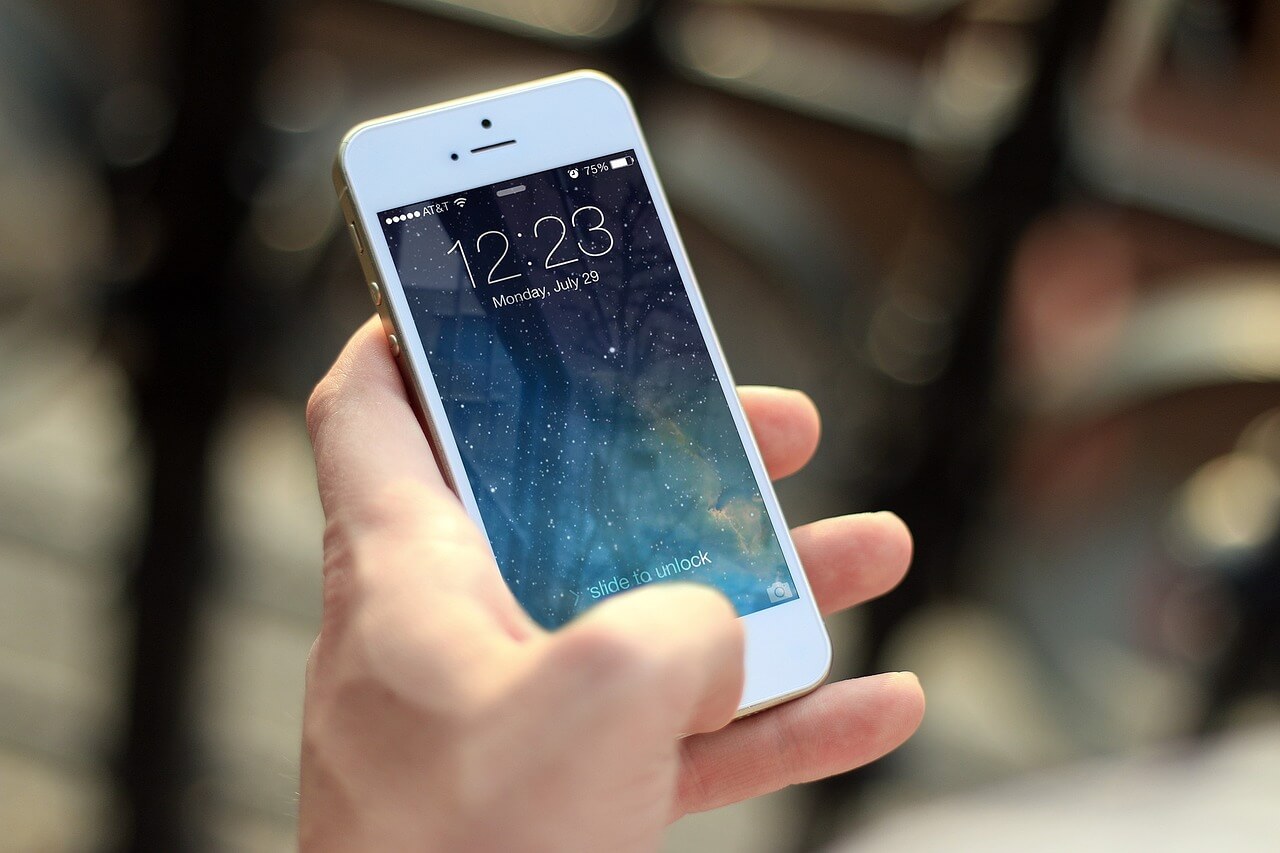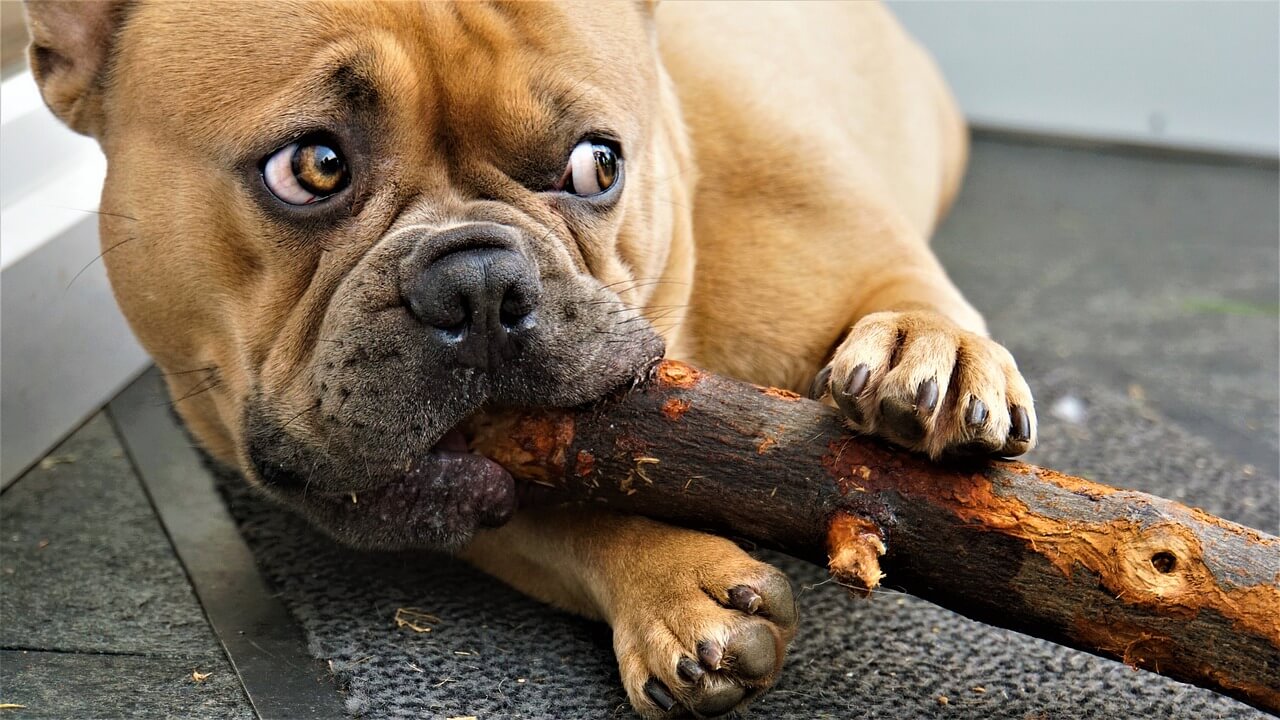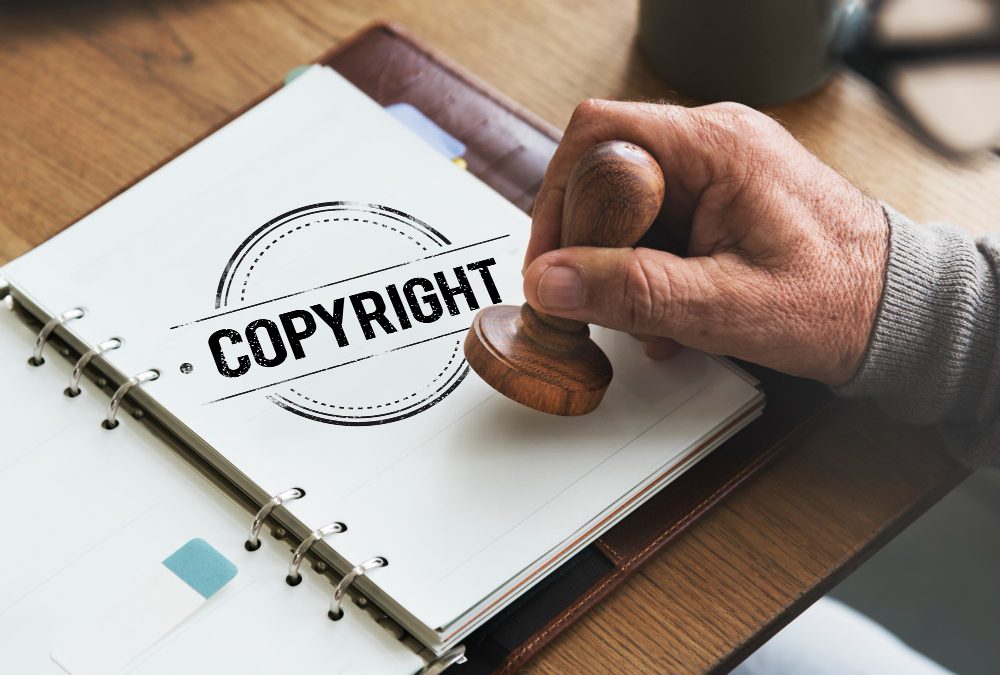
Elons Musk’s X: Avoiding Trademark Infringement
Elon Musk’s X: Avoiding Trademark Infringement

Twitter is rebranding to X. As mentioned in My Prior Post, it will cost up to $1 billion to get registration rights in the new X brands equivalent to those X Corp holds in the Twitter brands. We will be watching Elon Musk’s strategy for avoiding trademark infringement unfold for years to come. Now, I will discuss the risks related with using the new X brands. Trademark 101 states that you cannot use a brand that is likely to cause confusion with the relevant public. This is known as trademark infringement. Two main factors to consider are how similar are the brands and how related the underlying goods or services are. When a judge determines two brands are confusingly similar, the younger brand is forced to stop using its brand and pay
damages to the older brand. The damages are often equal to the profits made. Sometimes they are tripled to include the senior user’s attorney fees in extraordinary circumstances.
Trademark infringement is a serious matter, so clearing a brand is step one before you begin using it. A trained lawyer should perform a search to determine what infringement risks exist. Ideally, do this before you begin using a brand and exposing yourself to those risks. Smaller companies tend to avoid these risks. They will decide to adopt a different brand rather than risk becoming an infringer. Larger companies do this too. Though sometimes they think “how much would it cost to simply buy out the other companies’ rights?”. I have a strong suspicion that X Corp fell into this second group.
The Next Steps for X
It would require an exhaustive search to determine how many companies have been using the letter X (or a similar brand) in connection with goods or services related to X Corp’s. Further, it would require another exhaustive study to ascertain the reasonable value of those brands to those companies. I guarantee X Corp has performed this work and has these numbers. I further guarantee that X Corp is ready to pay something approaching this amount to simply acquire these rights from whatever companies may have legitimate claims to make X Corp stop using its new X brands.

Let’s take one example. Meta Platforms has a registration for X in connection with “online social networking services.” If Meta were to sue X Corp for infringement, it would need to show that the public would confuse them. X Corp would obviously argue there is no confusion by explaining the visual differences in the companies’ X brands and the ways the social media networks are different. This would be very risky. A more likely approach is for X Corp to negotiate with Meta to-
- Take a license from Meta (not likely),
- Enter a co-existence agreement and agree to certain limitations to reduce confusion (somewhat likely) or,
- Buy all of Meta’s rights in the X logo.
The third option is a number that exceeds the valuation of Meta’s X logo brand. X Corp will need to go through this with many, many companies. This will easily cost billions.

Marketing X: The Road Less Traveled
So far, I’ve discussed the legal effort that X Corp will face. These include both gaining registration rights and the right to use its new X brands. A related question is why would X Corp do this? Why would it discard a four-billion-dollar asset in the Twitter brand? Why would it decide to incur billions in legal fees to be able to use and register these new X brands in connection with social media? I am not trained to answer these questions, so I turned to my friend Zachary Lemear.
Zack owns Pivot Creative Management where he serves as a marketing strategist. He also has a background in technology, which makes him uniquely qualified to weigh in on this topic. Zack first mentioned that people are overly focused on jettisoning a $4,000,000,000 brand. He admits this move is unconventional, “but maybe that is the entire point.” Elon is unconventional. “There is a tactic in marketing that sometimes works where you zig while other people are zagging. Take the road less traveled and you will get more focus. This seems to be the strategy with Elon and it’s working.”
Along those lines, Zack points out that Elon Musk is a “visionary.” Zack says, “Musk’s visionary status stems from his ability to identify industries ripe for disruption, set audacious goals, and drive his companies toward those objectives with a combination of technical innovation and market strategy. He often tackles fundamental human challenges, from sustainable energy to interplanetary colonization, positioning himself at the forefront of technological and societal change.”

You’ll need to visit Zack’s Blog Post to see his theory. According to Zack, “[t]here is a good possibility this is just one of many chess moves Elon is making.” Is X Corp simply operating in another dimension? Will this rebrand work out for them? Does it even matter? Only time will tell.













